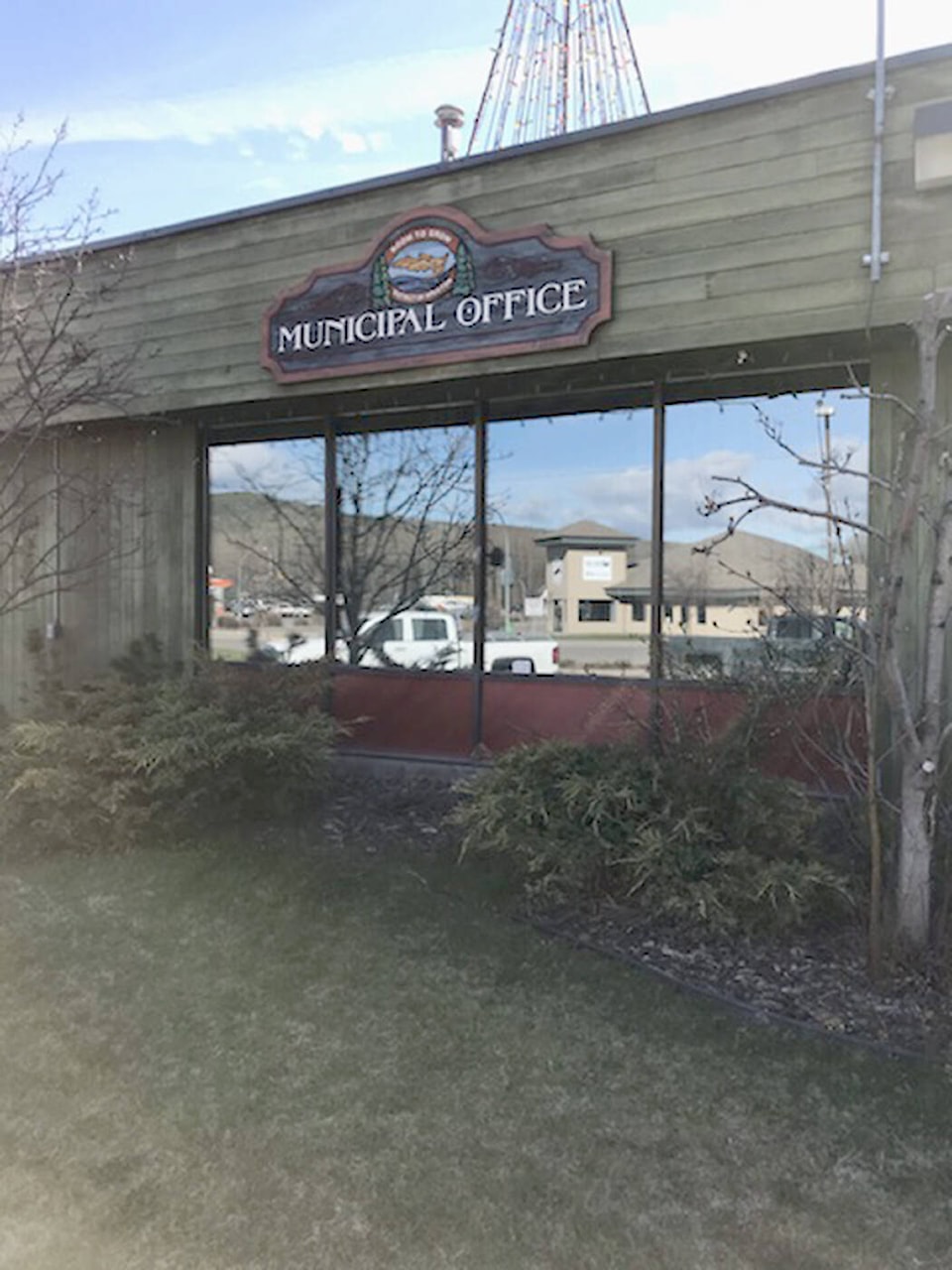Inflation is not just affecting individuals and families, it’s also having an impact on the District of Houston’s spending plans for this year, a comprehensive budget package indicates.
Overall, District officials are projecting a 4.6 per cent spending increase this year compared to 2021.
“Expenditures for materials and supplies have been increased by five per cent in order to compensate for the increasing costs of procuring goods due to the COVID-19 supply chain issues,” information within the presentation states.
“The balance of the increase is primarily due to increased administrative costs for contract professionals, election costs and additional training and travel.”
Overall, the District is anticipating operating expenditures of $6.836 million with projections forecasting a modest surplus of $241,000 based on anticipated revenues of $7.077 million.
The package was released last week as the District of Houston council hosted a session to gain public opinion on its spending plans.
Council did caution that this initial look at expenditures and revenues did not include an estimate of profits from the District majority-owned Dungate Community Forest.
“The budget has been drafted with an assumption of a 2.5 per cent increase in tax revenues. This is the first time the 2022 budget has been introduced to council and the public, so this could change as council works through the budget process,” said District of Houston chief administrative office Michael Dewar.
By far the largest revenue source is property taxes expected to generate $4.540 million this year which is $119,000 more — or three per cent — than what was budgeted in 2021 but less than one per cent than was actually received last year.
And although the District laid out a comprehensive capital works plan last year, the presentation shows that projects were delayed not just from issues arising from the continuing pandemic but from other unforeseen factors.
Within the public works department, for example, the lack of a director reduced payroll costs.
“The second factor was that planned contract work could not be completed as contractors were unavailable due to the flooding in the lower mainland,” the presentation stated.
Those uncompleted projects, for which money had been approved and which now will be carried forward, amounted to approximately $1 million.
The 2022 spending package will make up one year of a five-year financial plan that’s required of the District by the provincial government.
The District in setting, so far, an increase of 2.5 per cent in tax revenues is following the current five-year plan.
Indemnities, the term used for mayoral and council salaries, amounted to $78,036 last year, slightly less than what was budgeted. They are to be even lower this year at $73,500 thanks to the resignation from council of Tim Anderson and council’s decision not to hold a byelection and wait until this fall when there is to be a general municipal election.
But while the pandemic cut travel and training expenditures to $5,598 last year, that spending catgeory is rising to a planned $72,937 in anticipation of reduced restrictions allowing more travel for in-person events and training.
Council has yet to consider capital expenditures for 2022 and when that is done, will be able to revisit taxation implications.
Dewar said District staffers will present the planned capital expenditures budget on March 1.
“The intention of the meeting will be to provide an overview of the proposed 2022 capital budget to council and the public and allow space for questions, clarifications and comments,” he said.
But questions or comments are welcome anytime, Dewar added.
